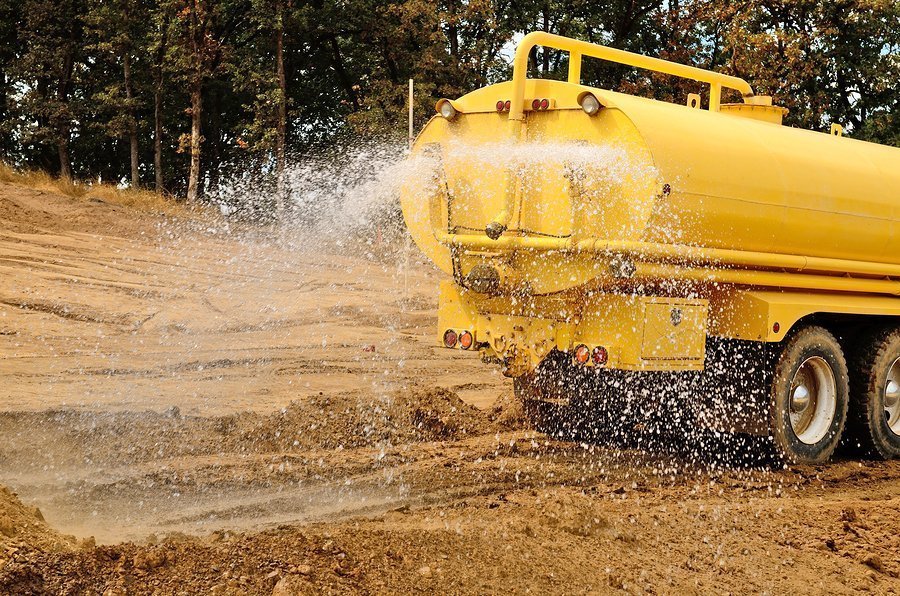To ensure the safety of construction workers, numerous precautions have been taken, including conducting safety exercises and wearing proper safety gear. Companies are always seeking ways to improve worker safety, and many of them are turning to providers like BossTek technology for answers. The construction industry has traditionally had a bad record of resistance to change and innovation. To help you navigate recent construction technology advancements, we’ll show you how to leverage IoT to increase construction safety. Even if you already follow OSHA’s safety rules, you can take it a step further by using IoT to reduce workers’ health and safety risks. Investing in these technologies can help you avoid costly incidents and downtime brought on by accidents. Next, let’s examine how technology can make the construction industry safer.
Digitize safety processes
In the past, company safety measures were paper-based and manual, requiring someone to physically supervise and document activities to prevent accidents. Today, construction site safety is easier to achieve and more streamlined thanks to the digitalization of processes. With the use of mobile applications and equipment found on bosstek.com, you can remotely manage the construction site and ensure the safety of your workers. Also, workers have access to all necessary resources, including safety permits, plans, checklists, timetables, and instructions, to ensure their work is completed successfully. This lowers the possibility of making errors that can lead to injury.
Safety wearables in construction
Wearables are revolutionizing the construction industry by minimizing site fatalities and injuries. Some of these wearables are smartwatches that can track vital signs like heart rate, breathing rate, and skin temperature in real-time. They also include smart clothing like hard hats and safety vests with sensors, GPS, and real-time locating systems. These wearables collect real-time data that can then be accessed via a smartphone app to monitor site workers. These findings can help you anticipate a risk. With GPS on wearable devices, you can immediately find accident victims and begin emergency measures before their injuries worsen. In potentially fatal circumstances, this can help save many lives.
Drones for workplace safety
Drone technology is transforming the inspection process. Most checks are done at great heights, putting the worker in danger. Since they can be operated remotely, drones help make site inspections safer. Drones can fly high and navigate tight spaces to capture high-quality aerial videos and images of your project’s development and quality. Drones can inspect huge building sites for risk concerns and work quality. Also, drones are used to monitor workers while they are at work to ensure everyone is dressed and working safely. When used with AI-powered 3D imaging software, drones can improve transparency and workplace safety. By doing this, construction workers can do their tasks more quickly, have a reduced risk of back injuries, and increase workplace safety.
Streamline on-site training
Inexperience, especially among newcomers to a field, and complacency are major contributors to occupational injuries. That’s why personnel need to receive proper training before they ever set foot on the worksite. Fortunately, technology can help make on-site safety training easier by providing regular and effective ways to teach and raise awareness. When used with various virtual tasks, augmented reality enables detailed training on heavy machinery on actual sites. This trains workers to operate heavy equipment for their jobs safely.
In the construction industry, technology plays a critical role in boosting worker safety. Aside from enhancing worker safety, implementing technology can improve worker productivity and increase the efficiency of your construction company.


